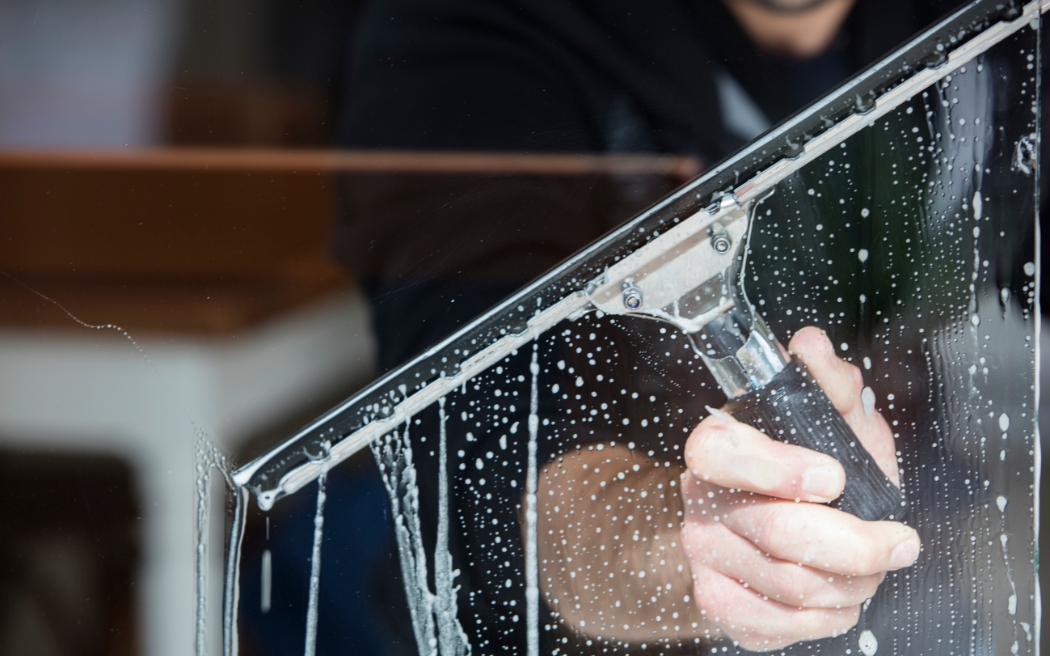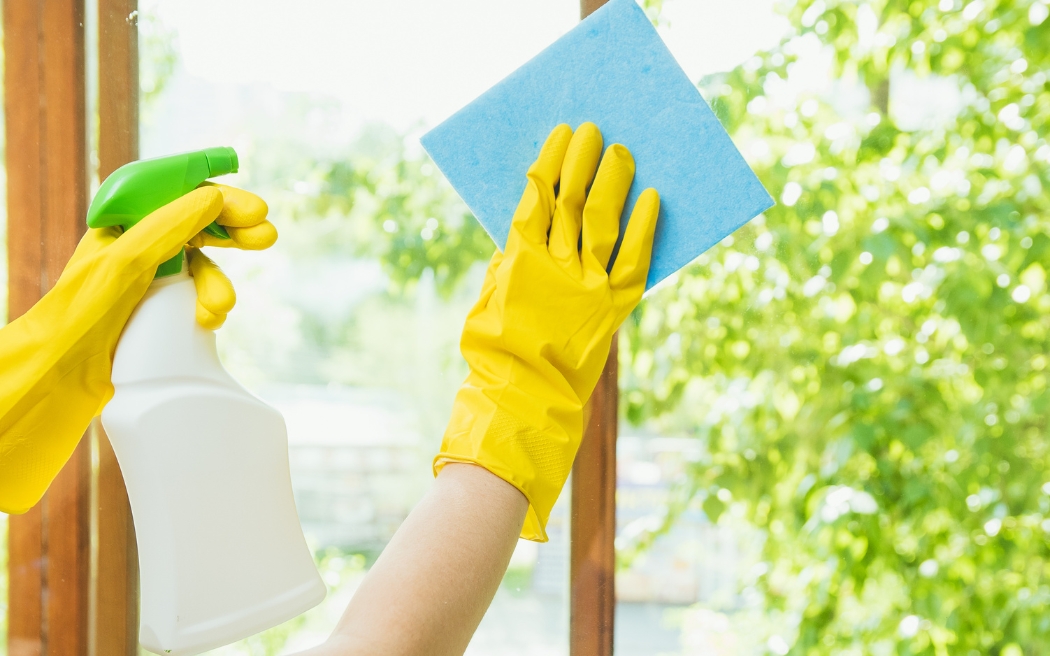In our quest for a pristine and inviting home, we often overlook the importance of maintaining clean and clear windows. Among the various window materials, plastic windows have gained popularity for their durability and cost-effectiveness. However, cleaning them requires a different approach than cleaning glass windows. In this comprehensive guide, we’ll walk you through the step-by-step process of how to clean plastic windows effectively, ensuring a crystal clear view that enhances the overall aesthetic of your home.
Types of Plastic Used in Windows
Before diving into the cleaning process on how to clean plastic windows, it’s crucial to understand the composition of plastic windows.
- Vinyl Windows: Vinyl is a popular material for windows due to its low cost, durability, and energy efficiency. It is resistant to moisture and requires minimal maintenance.
- Polycarbonate Windows: Known for their impact resistance and clarity, polycarbonate windows are commonly used in areas prone to extreme weather conditions.
- Acrylic Windows: Lightweight and shatter-resistant, acrylic windows are often chosen for their optical clarity and UV resistance. They are a suitable alternative to glass.
Gathering the Right Tools and Materials
Cleaning plastic windows doesn’t require an arsenal of specialized tools. Here’s a simple list of items you’ll need:
1. Mild dish soap or a specialized PVC cleaner
2. Microfiber cloth or sponge
3. Soft-bristled brush
4. Water
5. Bucket
DIY Cleaner for Plastic Windows
In addition to commercial cleaners, you can create your own eco-friendly and cost-effective cleaning solution for plastic windows using items commonly found in your kitchen. This DIY cleaner is gentle on the environment and equally effective in maintaining the clarity of your windows.
Ingredients
- White vinegar
- Fresh lemons
- Baking soda
- Water
Creating the DIY Cleaner
- Mix 1 cup of white vinegar with 1 cup of water in a spray bottle. Vinegar’s acidic nature helps break down grime and stains, making it an excellent natural cleaner.
- Combine the juice of two fresh lemons with 2 cups of water for a refreshing alternative. The natural acidity of lemon juice not only cleans but also leaves behind a pleasant citrus scent.
- For stubborn stains, create a paste using ¼ cup of baking soda and enough water to form a thick consistency. Apply the paste to the stained areas, let it sit for a few minutes, and then gently scrub with a soft brush.
Benefits of DIY Cleaners
- Homemade cleaners typically use natural ingredients, reducing the environmental impact associated with commercial cleaning products.
- Creating your own cleaner is budget-friendly, as common household items like vinegar and lemon juice are readily available and inexpensive.
- DIY cleaners are generally gentler on plastic surfaces, reducing the risk of scratches or damage over time.
Step-by-Step Guide on How to Clean Plastic Windows
- Start by removing loose dirt and debris from the window surface. Use a soft-bristled brush or a dry cloth to gently sweep away any particles that may scratch the plastic. This initial step prevents scratches during the cleaning process.
- In a bucket, mix a few drops of mild dish soap with warm water. Alternatively, you can use a specialized PVC cleaner, following the manufacturer’s instructions. Avoid using harsh chemicals or abrasive cleaners, as much as possible practice cleaning without chemicals, as they can damage the plastic surface.
- Dip a microfiber cloth or sponge into the soapy water and gently wipe the entire surface of the plastic window. Focus on areas with stubborn stains or grime. Be cautious not to apply excessive pressure to prevent scratching.
- For persistent stains, use a soft-bristled brush dipped in the cleaning solution. Gently scrub the stained areas in circular motions. Take your time and apply consistent, light pressure to avoid damaging the plastic.
- Once you’ve cleaned the window thoroughly, rinse it with clean water. Use a hose or a damp cloth to remove any soap residue. Ensure that all cleaning solution is completely washed away.
- To prevent water spots, use a dry microfiber instead of cotton cloth to wipe the plastic window completely dry. This step also helps to polish the surface and restore its shine.
Maintaining Plastic Windows for Longevity
Beyond regular cleaning, adopting a few maintenance practices can extend the life of your plastic windows:
- When cleaning or maintaining plastic windows, steer clear of abrasive materials such as steel wool or harsh brushes. These can cause scratches and compromise the integrity of the plastic.
- Set a routine for cleaning your plastic windows. Depending on your location and environmental factors, a quarterly cleaning schedule is generally sufficient. Regular cleaning prevents the accumulation of dirt and grime, making the process more manageable.
- Periodically inspect your plastic windows for any signs of damage, such as cracks or warping. Addressing issues promptly can prevent more significant problems and ensure the longevity of your windows.
Common Cleaning Mistakes to Avoid on Cleaning Plastic Windows
While maintaining the cleanliness of your plastic windows is essential, it’s equally crucial to steer clear of common cleaning mistakes that can inadvertently damage the material or compromise the effectiveness of your efforts.
- Waiting too long between cleaning sessions allows dirt and grime to accumulate, making the cleaning process more challenging.
- Steer clear of cleaners containing ammonia. While effective on glass, ammonia can cause cloudiness or discoloration on plastic surfaces over time.
- Don’t focus solely on the glass; remember to clean the window sills and frames as well. Dirt and dust often accumulate in these areas, affecting the overall appearance of your windows.
- Failing to rinse off cleaning agents thoroughly can leave behind residue, leading to streaks or spots on your plastic windows. Always rinse with clean water after using any cleaning solution.
- Avoid cleaning your windows with hot water, especially if they are cool to the touch.
- Outdoor elements, such as bird droppings or tree sap, can impact the exterior of your plastic windows.
- Plastic windows can scratch easily, so resist the urge to apply excessive pressure when cleaning.
- Reusing dirty cloths or sponges can transfer grime back onto your windows, defeating the purpose of cleaning.
Cleaning plastic windows is a straightforward task when approached with the right tools and techniques. By following this step-by-step guide on how to clean plastic windows, you’ll not only achieve a sparkling clean finish but also contribute to the longevity and beauty of your home. Remember, a little maintenance goes a long way, ensuring your plastic windows provide a crystal clear view for years to come.





























